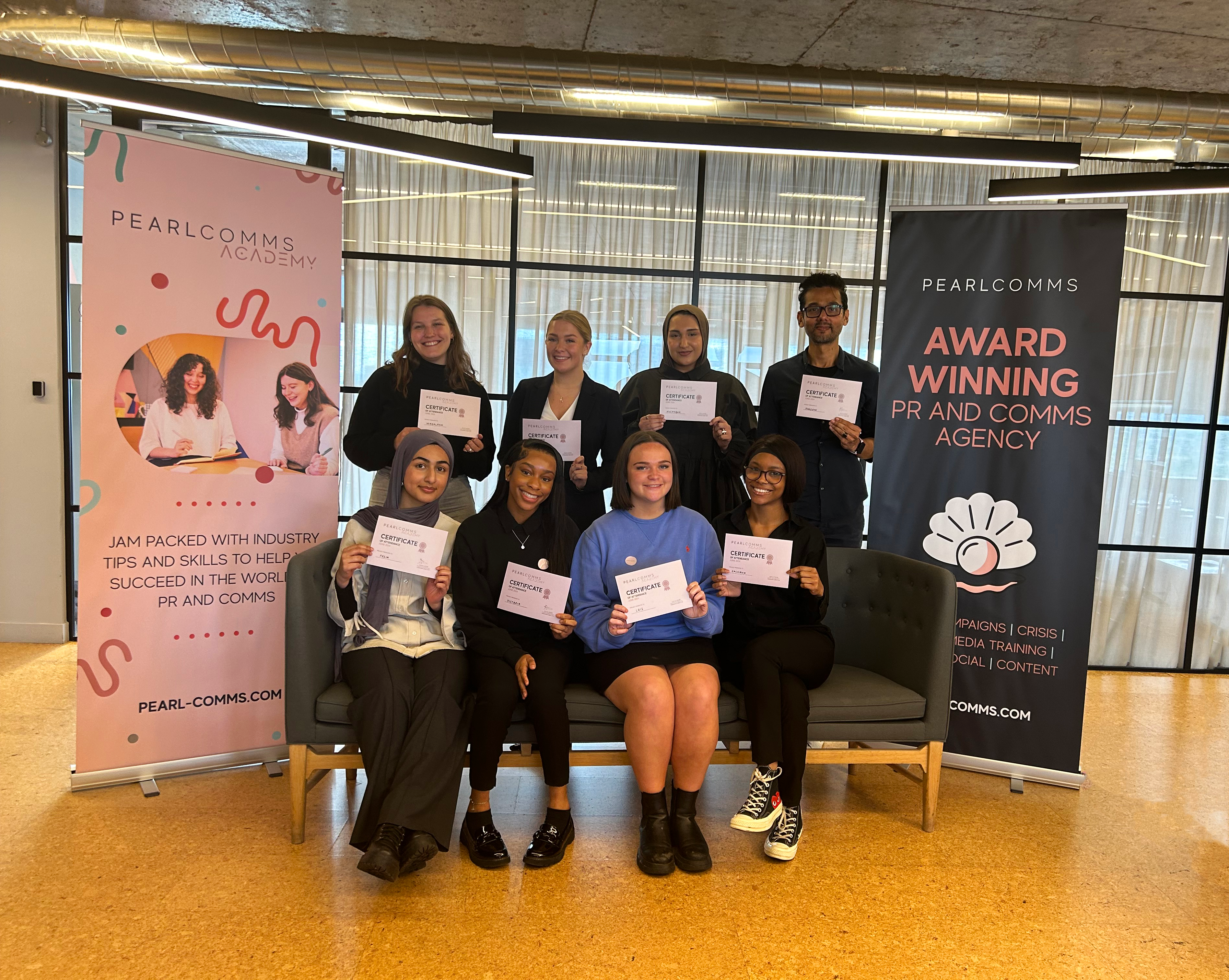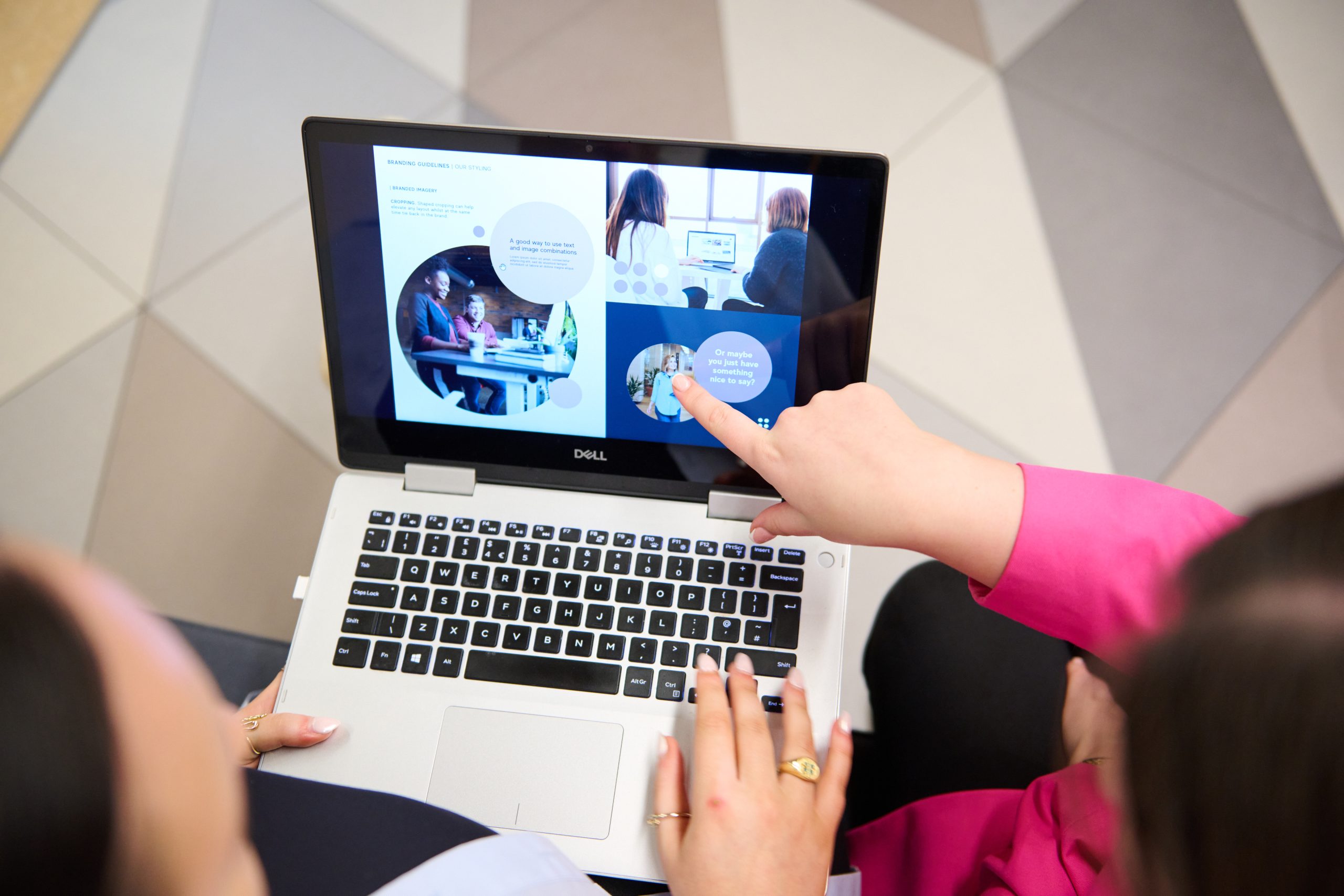ARTICLE
McVitie’s the media marvels – what can we learn?
Capturing the media’s attention isn’t easy, but every so often one brand just seems to get it right.
Recently McVitie’s did just that – a simple story took the media by storm and put the name McVitie’s on everyone’s lips – and probably in their stomachs too – but how did they do it?
First, what was the McVitie’s story?
A staple of British kitchen cupboards, the biscuit makers were gearing up for their 100th anniversary. Instead of releasing a press release simply stating this and giving a bit of history about the company, they asked the factory manager to tell the public they’ve been eating the beloved biscuits wrong for 100 years. (For those interested, the chocolatey side is the bottom of the biscuit!)
This simple revelation caught the media’s attention, getting coverage in many nationals including heavy hitters like MailOnline, LBC, The Guardian and The Daily Mirror.
What can we learn from McVitie’s media moment?
1. Creativity is key.
Journalists receive hundreds of pitches a day, with around 15% receiving between 250 and 499. Out of everything in their inbox – what’s going to make them choose to cover your story? Your media outreach needs to stand out from the competition and the best way to do that is to do something they haven’t seen before. While this may seem like a tall order, it’s not impossible – trust us.
2. Conversation is more important than coverage.
While there’s no doubt that the simple fact the nation’s favourite biscuit was turning 100 would have garnered some interest, thinking outside the box didn’t just generate coverage – it created conversation. Journalists knew that the McVitie’s revelation wouldn’t just fill their pages, but the comments section too.
3. You don’t have to blow your budget.
A common misconception is that you have to spend a fortune pulling a huge stunt to get the attentions of the nationals (two overdone cliches in the PR canon are sending something to space or floating something down the Thames). But creativity doesn’t require crazy budgets, and sometimes simplicity has the biggest impact. McVitie’s recent press release is the perfect example of a highly effective media moment that doesn’t cost the earth.
Our tips for becoming a media marvel:
1. Plan in advance.
Although great ideas are usually depicted in films and on television as a sudden ‘eureka’ moment, anyone in the creative industry will tell you that great ideas take hours of thinking in team meetings, in the shower and in the middle of the night.
The McVitie’s team will have been planning the 100th anniversary celebrations months in advance, and while this may seem like a quick win, we suspect there was far more thought put into this than it may seem at first glance.
2. Centre the consumer.
It’s a tough lesson to learn – consumers don’t care about your business as much as you. Had McVitie’s put out a press release celebrating their centenary and giving a bit of history about the company, readers will likely have thought ‘that’s nice’ and moved on. By making customers the focus of the story, the engagement was far higher than it otherwise would have been.
3. Cause controversy.
Yes, you read that right. Although as PR pros we do offer this advice with caution – don’t go too far. Think playful debate rather than a full blown argument. The master of this is arguably Marmite who have embraced its divisive taste so much so, that the phrase ‘love it or hate it’ is at the heart of its brand identity.
The biscuit maker embraced cautious controversy by revealing the ‘correct’ way to eat a digestive. The British take their biscuits very seriously, so telling them they’re doing it wrong – well, journalists and readers were almost compelled to respond.
4. Utilise data.
Now the word ‘data’ may sound dull – but used effectively it can add credibility and demonstrate trends or patterns. Another easy way of centring the consumer and causing controversy is revealing what the public really thinks about something.
While the McVitie’s team chose to keep it simple, they easily could have used the same premise – teaching people the ‘correct’ way to eat a digestive biscuit – but instead surveyed the public to see how many people eat a digestive the correct way. Want more information about how to use data effectively? Check out our blog on using research to create a compelling narrative here.
Sick of doing bog standard press releases? Get in touch with us today and our talented team can help you become a media marvel.
Looking for more?
Sign up to our “Pearls of Wisdom” newsletter here.










